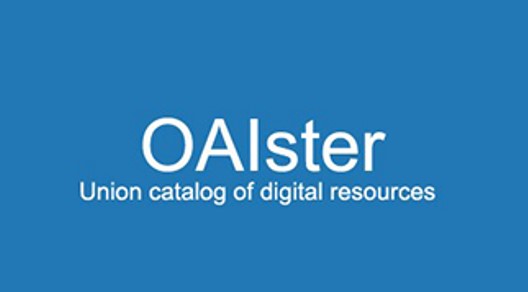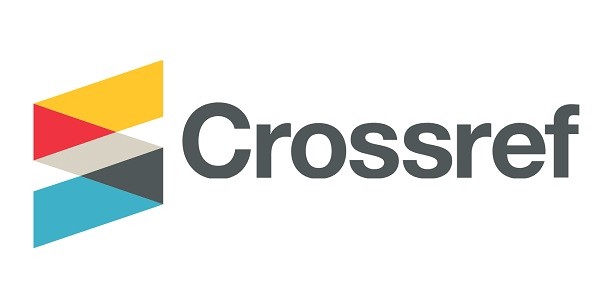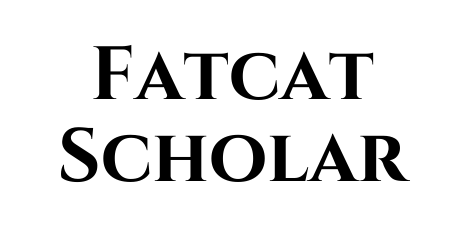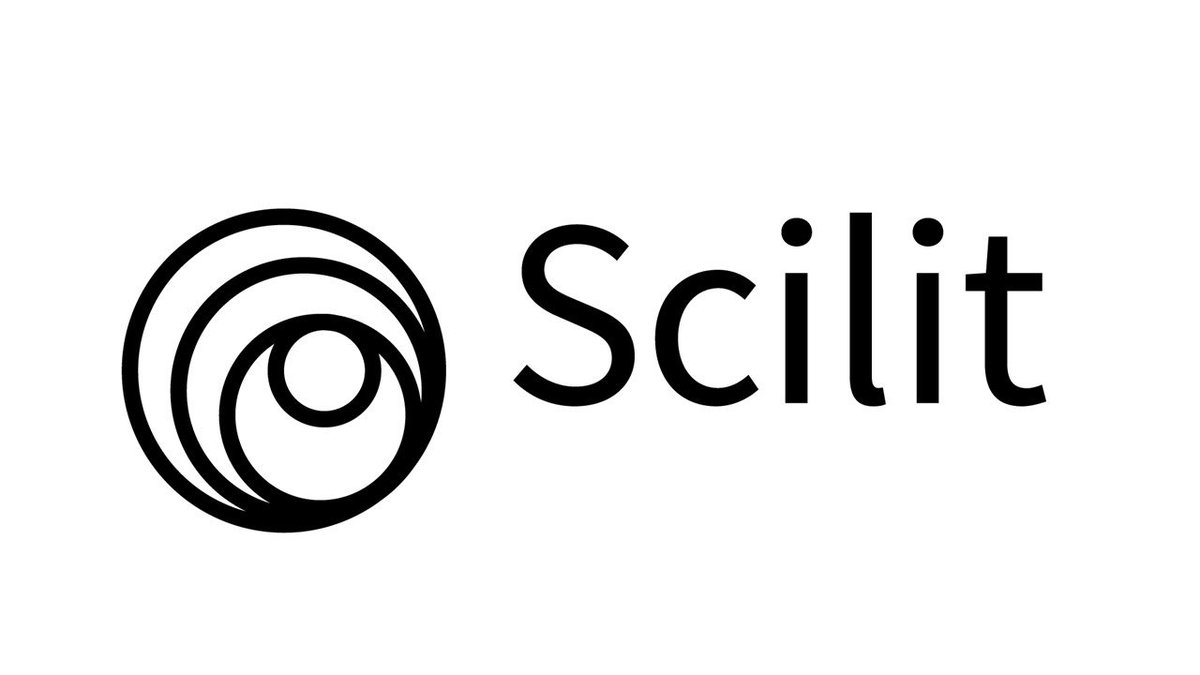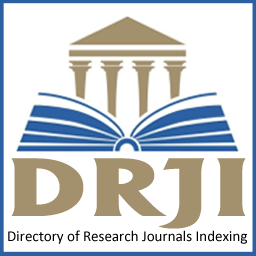Morocco's exchange rate regime reform: motivations and transition strategy
DOI:
https://doi.org/10.5281/zenodo.6600526Keywords:
exchange rate, reform, exchange flexibility, macroeconomic stabilityAbstract
Economic history is marked by many events that revived the debate on the role of monetary policy and the exchange rate regime. The abandonment of national barriers, the interdependence of international financial markets, the repetition and contagion of financial crises, have led to a reconsideration of the choice of exchange rate regimes and the clarification of the arbitrations they cover, Moreover, monetary authorities and economic policy makers have shown hesitation and distrust about the exchange rate regime to be adopted. The post Bretton-Woods era was marked by a rush for flexibility. Countries have now had the free choice to adopt the exchange rate regime best suited to their needs. Since then, this issue has not lost its timeliness and continues to be refreshed by new research perspectives. In Morocco, it is no longer a question of the choice between fixity or floating, but rather of the degree of fixity or flexibility to be retained, the current exchange rate regime is a fixed parity regime with the attachment of the dirham to a basket of currencies, mainly the euro (60%) and the dollar (40%), which has contributed to the establishment of a macroeconomic stability framework. It is in this perspective that the debate around Morocco’s transition to a floating exchange rate regime has resurfaced, the IMF says in this respect that Together with structural reforms, this regime could help Morocco meet the challenges of competitiveness and likely contribute to boosting growth in the medium term.” Since 2013, Bank Al-Maghrib (BAM) has been working on the implementation of instruments (analysis and forecasting) enabling it to successfully transition to a more flexible exchange rate regime.








